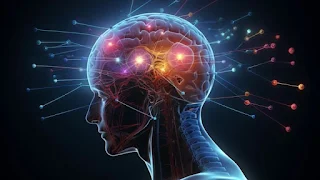Reading is a crucial aspect of human cognition and plays a vital role in social interactions, education, and the workforce. It involves more than merely recognizing words; it also engages a complex nervous system. A recent meta-analysis by researchers at the Max Planck Institute for Human Cognition and Brain Sciences, published in the journal Neuroscience & Biobehavioral Reviews, offers a comprehensive overview of this area of study.
According to the MedicalXpress portal, researchers Sabrina Turker, Beatrice Fumagalli, and their team examined 163 neuroscience studies to identify which brain regions are activated while reading. Their findings indicate that various areas of the brain are engaged during different reading tasks, such as reading letters, words, sentences, or nonsensical pseudowords.
A crucial aspect of the reading process involves the classical language regions in the left hemisphere of the brain. For instance, specific areas within the left inferior frontal gyrus exhibit varying levels of activity when reading both real words and pseudowords. In contrast, the left temporo-occipital cortex is significant for processing words and sentences. Additionally, the recognition of letters is primarily linked to localized neuronal activity in the left occipital cortex.
The study examined the varying patterns of brain activity associated with reading aloud versus reading silently. When reading aloud, areas linked to motor and auditory processing, such as the cerebellum and auditory cortex, show increased activity. In contrast, more intricate brain structures known as "demand areas" are more consistently activated during silent reading. These findings indicate that reading is not a singular process but a complex function that relies on the coordinated efforts of different brain regions. This research enhances our understanding of the neurobiological foundations of reading and holds significant implications for developing effective intervention strategies for individuals with dyslexia and other learning challenges. The researchers believe this knowledge will aid in creating personalized teaching approaches and improving neurologically based intervention programs in the future.



